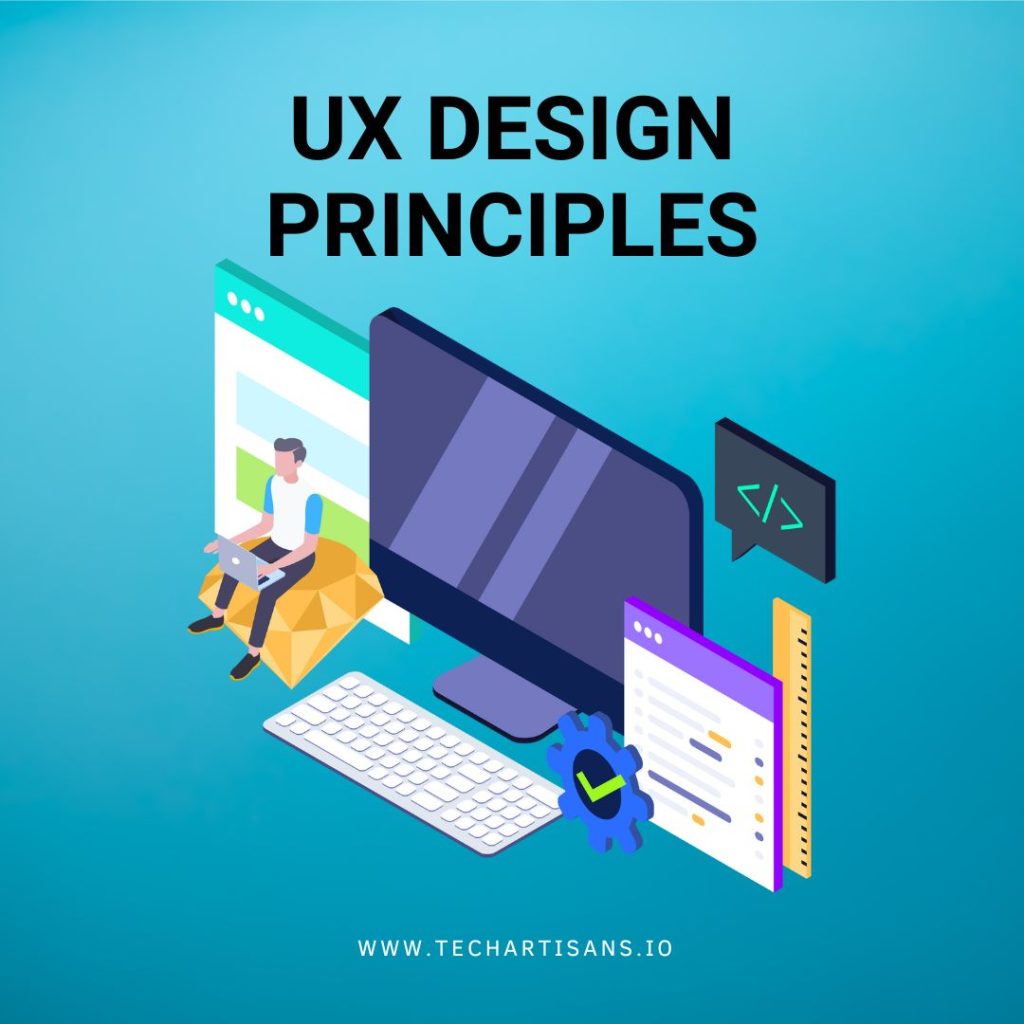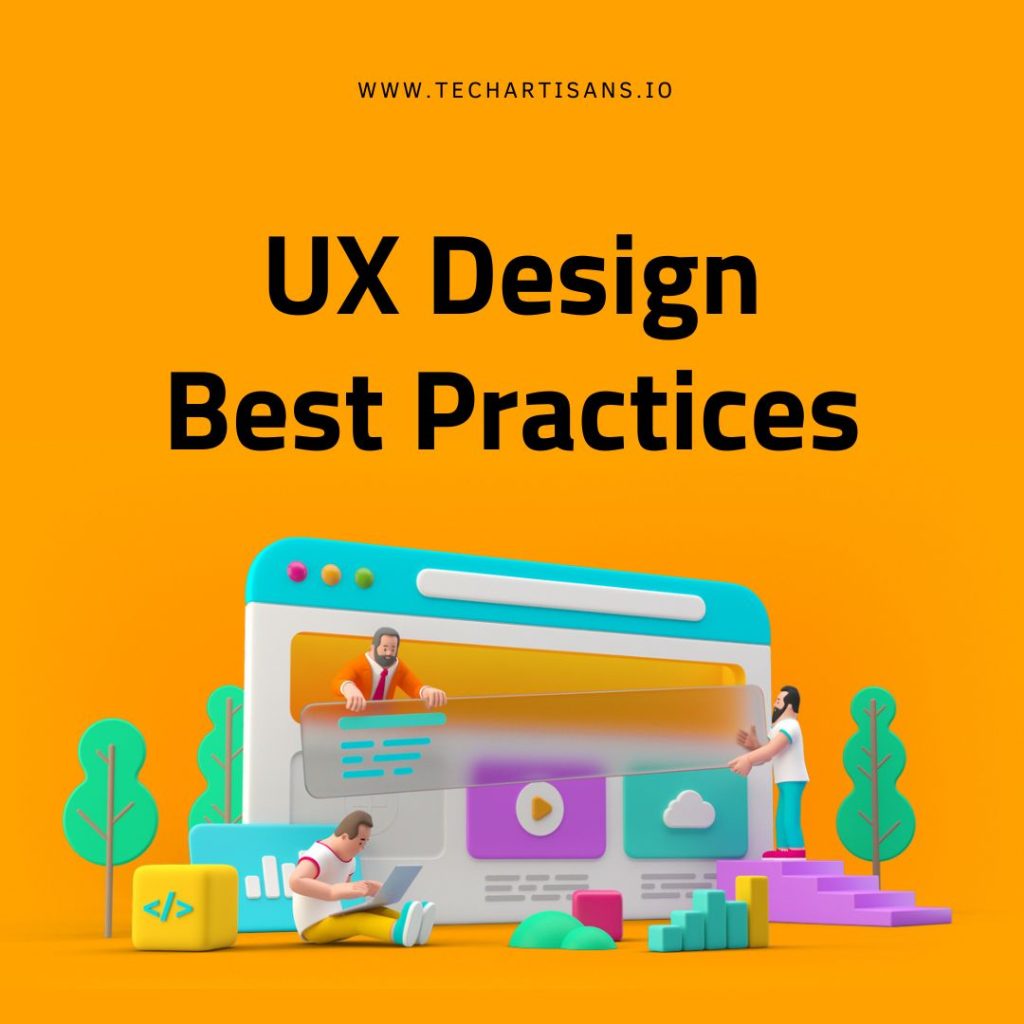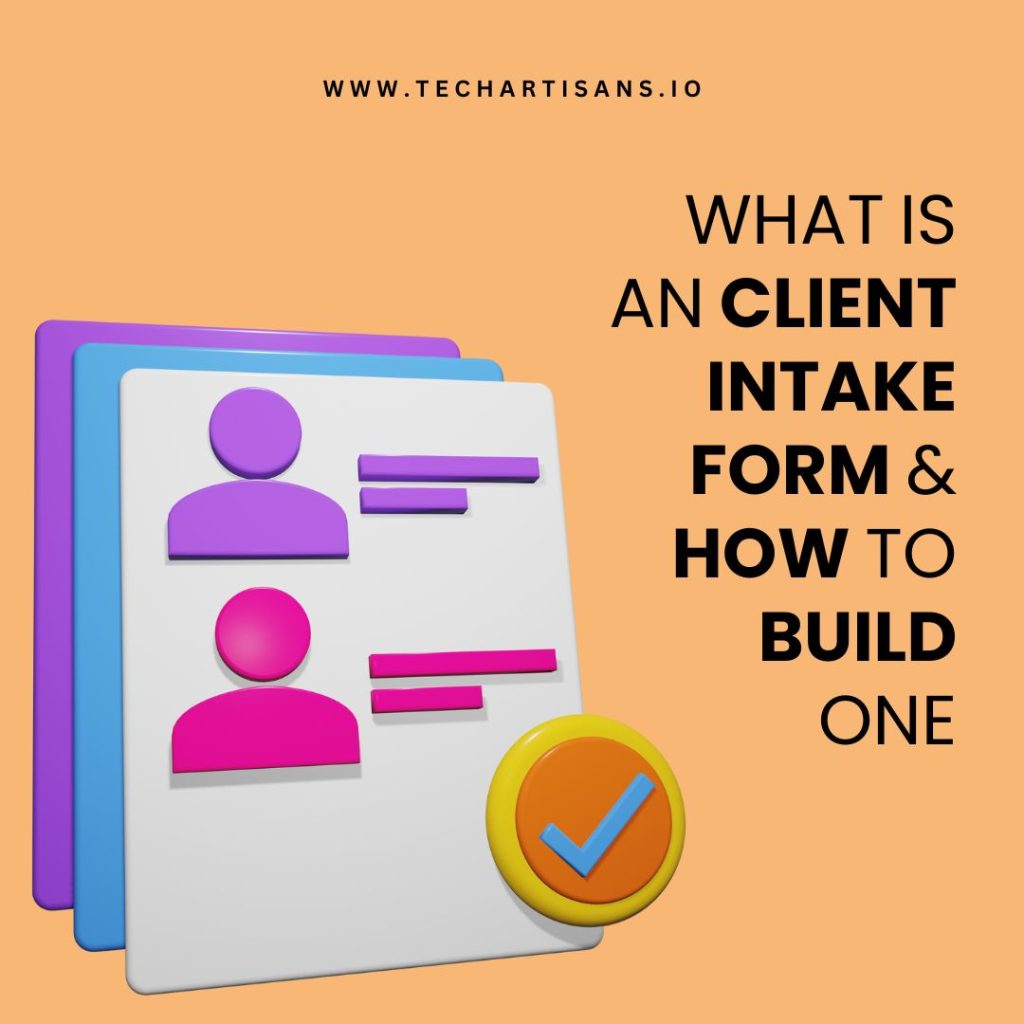User Experience (UX) design is a vital asset in the contemporary business landscape. This user-centered design discipline focuses on crafting intuitive and engaging digital interfaces. By prioritizing user experience (UX) design, businesses can supply seamless customer interactions, fostering loyalty and driving growth. This is the essence of `What is UX Design?` – it’s all about enriching customer satisfaction and loyalty through the utility, ease, and joy of interaction with a product.
Understanding UX and UI Design
Before delving into the intricacies of User Experience (UX) Design, it’s essential to differentiate it from a commonly intertwined concept, User Interface (UI) Design. While they operate hand-in-hand, understanding their distinct roles is pivotal to appreciating the full scope of ‘What is UX Design?’.
Explanation of UX vs. UI design
UX design revolves around the overall feel of the experience and the journey users undergo when interacting with a product, focusing on aspects like flow, navigation, and user satisfaction. On the other hand, UI design is more about the look and layout – it’s concerned with the product’s aesthetic aspects, involving elements such as colors, typography, and buttons. Therefore, while UX design shapes the user’s journey through the product, UI design defines the touchpoints that facilitate this journey.
How UX and UI Work Together
UX and UI design work in harmony to create a comprehensive digital experience. UX design sketches an end-to-end user journey, establishing the path users take when interacting with a product. Concurrently, UI design enriches this path with visually appealing and user-friendly interfaces, ensuring each touchpoint is aesthetically pleasing and intuitive. Thus, UX lays the foundation for a seamless user journey, while UI embellishes it with captivating visual design.
Role Of a UX Designer
A UX Designer plays a vital role in product development, advocating for the end-user. Their responsibility is to ensure that a product not only meets the needs of its users but also provides an engaging and satisfying experience.
Key Responsibilities of a UX Designer
A UX Designer’s key responsibilities encompass understanding user needs, developing user personas and journey maps, creating wireframes and prototypes, and conducting usability testing. They are also responsible for collaborating with UI designers and developers to ensure the product’s design is aligned with user expectations and business goals. Essentially, the UX Designer serves as the bridge between the user’s needs and the technical functionality of the product.
Design Thinking Process
The Design Thinking Process is a solution-oriented approach that UX designers employ to solve complex problems. It begins with empathizing with the users, defining their needs, ideating solutions, creating prototypes, and finally, testing the solutions. This iterative process allows designers to continually refine their designs based on user feedback, thus ensuring an optimal user experience.
UX Design Process
The UX Design Process is a systematic series of steps that UX designers follow to create meaningful and effective user experiences. It is a cycle of research, design, testing, and iteration that aims to fully understand the users, their needs, and their values and align them with business goals and technological realities. Let’s delve into this process and how each step contributes to crafting a user-centric design.
Stages of the UX Design Process
The UX Design Process typically commences with Research, which allows designers to understand user needs, motivations, and behaviors. This is followed by Design, where solutions are ideated and low-fidelity prototypes are crafted. The process then moves onto Testing, where these prototypes are examined and user feedback is gathered. The final stage, Iteration, involves refining and enhancing the design based on the insights gathered during testing.
Importance of User Research and Feedback
User research and feedback are critical in the UX design process, as they provide valuable insights into user expectations and challenges. These insights enable designers to create user-centric solutions that are aligned with both user needs and business objectives, thereby fostering an engaging and effective user experience.
Tools and Tasks in UX Design
In the realm of User Experience (UX) Design, numerous tools and tasks are integral to creating a design that is user-centric, intuitive, and aligns with business objectives.
Common Tools Used by UX Designers
Sketch
Sketch is a vector-based design tool for creating user interfaces, websites, and icons. It has a user-friendly interface and powerful features make it ideal for rapid prototyping and collaborative design.
Adobe XD
Adobe XD is a robust tool that allows designers to create wireframes, interactive prototypes, and animation. Its seamless integration with other Adobe Suite products enhances its functionality and efficiency.
InVision
InVision is an excellent tool for creating interactive and animated prototypes. It facilitates collaboration, making it easy for teams to share, view, and provide design feedback.
Figma
Figma is a cloud-based design tool that supports real-time collaboration. It’s widely appreciated for its intuitive user interface and robust design capabilities, from wireframing to prototyping.
Typical Tasks and Deliverables in UX Design
Typical tasks in UX Design include user research, the creation of user personas, journey maps, wireframes, and prototypes, as well as usability testing. Deliverables often include research findings, detailed user personas, user flow diagrams, interactive prototypes, and comprehensive usability reports. These components collectively aid in crafting a user-centered design that ensures an optimized user experience.
Business Value of UX Design
The Business Value of UX Design is not an aspect to be overlooked. This section accentuates how effective user experience (UX) design is not just about creating an intuitive, user-friendly product but also has profound implications for a business’s bottom line.
How UX Design Contributes to Business Success
User Experience (UX) Design has a direct impact on a business’s success by influencing customer satisfaction, loyalty, and retention. When a product is easy to use and meets customer needs, it enhances user satisfaction, encouraging repeat business and fostering long-term loyalty.
Case Studies of Successful UX Design Implementations
In this section, we’ll delve into some real-world examples of successful user experience (UX) design implementations, showcasing how an effective UX strategy can significantly enhance business performance.
Airbnb
Airbnb’s success can be largely attributed to its exceptional UX design. By prioritizing simplicity and ease of use, Airbnb crafted an intuitive platform that made booking accommodations effortless. Their use of large, high-quality images and personal user profiles created a sense of trust and community, thereby enhancing the overall user experience and contributing to their global success.
Slack
Slack is another prime example of effective UX design. By focusing on user-centric design, they transformed the often chaotic world of workplace communication into an organized, enjoyable experience. The intuitive design, with its easy-to-use features and personalized notifications system, results in an engaging user experience that keeps teams connected and productive.
Inclusive and Universal Design
Inclusive and Universal Design principles form a crucial foundation of effective user experience (UX) design, ensuring that digital products are accessible, usable, and enjoyable for all users, regardless of their abilities or circumstances.
Principles of Universal Design In UX
Universal design in UX advocates for creating products that all people can use without needing adaptation or specialized design.
Equitable Use: The design does not disadvantage or stigmatize any group of users.
Flexibility in Use: The design accommodates various individual preferences and abilities.
Simple and Intuitive Use: Use of the design is easy to understand, regardless of the user’s experience, knowledge, language skills, or concentration level.
Perceptible Information: The design communicates necessary information effectively to the user, regardless of ambient conditions or the user’s sensory abilities.
Tolerance for Error: The design minimizes hazards and the adverse consequences of accidental or unintended actions.
These principles ensure that digital products are inclusive and usable by a diverse user base, enhancing user satisfaction and expanding market reach.
Impact of Inclusive Design on User Experience
Inclusive design significantly boosts user experience, fostering an environment where everyone feels valued and catered for. It ensures that digital products are not only accessible to people with disabilities but also to those with temporary or situational impairments. This widens the product’s appeal and broadens its user base, enhancing customer satisfaction and loyalty.
Becoming a UX Designer
Embarking on a career in User Experience (UX) Design opens up a world of possibilities, empowering you to shape digital experiences that profoundly impact users’ lives and businesses’ success. Let’s explore how you can become a UX designer, the skills required, and the opportunities it presents.
Skills and Qualifications Needed For a Career In UX Design
Understanding of User-Centered Design: As a UX designer, you must be proficient in User-Centered Design approaches. This involves understanding your users, their needs, and their journey within your product or service.
Research and Analytical Skills: UX Designers must be adept at conducting user research, analyzing data, and deriving insights that inform design decisions.
Interaction Design: This entails designing intuitive interfaces that facilitate seamless interaction between the user and the product.
Prototyping and Wireframing: UX Designers must be skilled in creating wireframes and interactive prototypes to visualize and test design concepts.
Soft Skills: Empathy, communication, and teamwork are crucial. You’ll need to understand users’ perspectives, articulate your design decisions, and collaborate effectively with other team members.
Technical Skills: While not always required, familiarity with coding and design software such as Sketch, Adobe XD, or Figma can be beneficial.
Pathways To Becoming a UX Designer
There are multiple pathways to becoming a UX designer, catering to diverse backgrounds and learning preferences.
One popular route is through formal education, such as obtaining a degree in UX design, human-computer interaction, or a related field. This offers systematic learning and academic accreditation.
Online courses and boot camps offer flexible and intensive training programs. Platforms like Coursera, Udacity, or General Assembly provide comprehensive UX design courses, often with mentorship and portfolio-building opportunities.
Lastly, self-guided learning through resources like books, blogs, and free online content can be effective, particularly when paired with hands-on projects to apply learned concepts. It’s a great option for those who prefer learning at their own pace.
Conclusion
As we look towards the future, the role of User Experience (UX) Design in business and technology will continue to grow. Companies increasingly recognize the importance of UX design in enhancing customer satisfaction and driving success. The focus will likely shift towards creating more personalized and immersive experiences, using advancements like AI and VR. In essence, UX design will remain at the heart of digital innovation, shaping how users interact with technology and influencing business outcomes. Therefore, investing in UX design is not just a trend but a strategic business imperative in our digitally-driven world.







